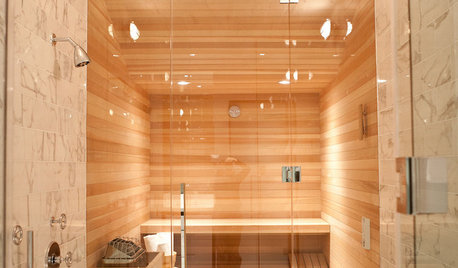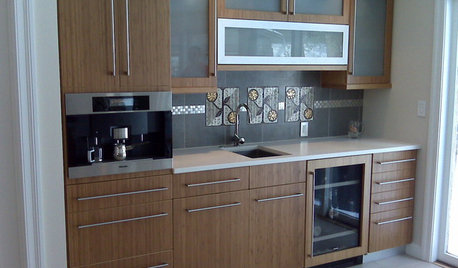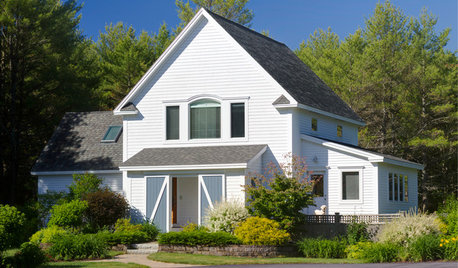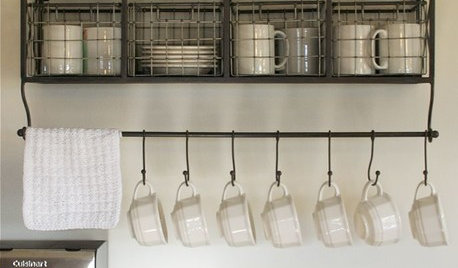Hot water heater very hot to touch on top
mdryja
15 years ago
Related Stories

GREAT HOME PROJECTSHow to Add a Solar Water Heater
Lower energy bills without a major renovation by putting the sun to work heating your home’s water
Full Story
GREAT HOME PROJECTSHow to Switch to a Tankless Water Heater
New project for a new year: Swap your conventional heater for an energy-saving model — and don’t be fooled by misinformation
Full Story
REMODELING GUIDES5 Hot Tips for Home Saunas
Bask in your very own heated haven, indoors or out. This overview will get you off to a glowing start
Full Story
PRODUCT PICKSGuest Picks: Hot Chocolate Station Fixings
Treat family and guests to a fix of cocoa in a festive mug, accompanied by sweet somethings, from a well-stocked kitchen station
Full Story
KITCHEN DESIGNHot Ideas and Tips for Coffee and Tea Stations
Let options like drawer inserts and built-in coffeemakers percolate now, so your hot-drinks station can best serve holiday guests
Full Story
KITCHEN DESIGNDisplaying Kitchen Supplies — Hot or Not?
Do some kitchens just beg for a cozy row of canisters and gear for all to see? Have a look and let us know what you think
Full Story
COLOR4 Hot Color Trends to Consider for 2013
Bring some zing to your rooms for the new year, with high-energy shades that open the eyes and awaken the spirit
Full Story
FIREPLACES12 Hot Ideas for Fireplace Facing
From traditional brick to industrial steel, there’s a fireplace cladding here to light up your design
Full Story
MOVINGTips for Winning a Bidding War in a Hot Home Market
Cash isn’t always king in a bidding war. Get the home you want without blowing your budget, using these Realtor-tested strategies
Full Story
KITCHEN DESIGNHot-Drink Stations Hit the Spot
Beverage bars brimming with cocoa, tea, coffee and all the accoutrements make winter entertaining a delight
Full Story









asolo
mdryjaOriginal Author
Related Professionals
Vienna Handyman · Beachwood Kitchen & Bathroom Remodelers · Grain Valley Kitchen & Bathroom Remodelers · Avondale Kitchen & Bathroom Remodelers · Beaverton Kitchen & Bathroom Remodelers · Fair Oaks Kitchen & Bathroom Remodelers · Fairland Kitchen & Bathroom Remodelers · Hoffman Estates Kitchen & Bathroom Remodelers · Honolulu Kitchen & Bathroom Remodelers · Hunters Creek Kitchen & Bathroom Remodelers · Mooresville Kitchen & Bathroom Remodelers · Pearl City Kitchen & Bathroom Remodelers · Pinellas Park Kitchen & Bathroom Remodelers · Spanish Springs Kitchen & Bathroom Remodelers · Palestine Kitchen & Bathroom Remodelersasolo
mdryjaOriginal Author
pjb999
mdryjaOriginal Author
lazypup
asolo
mdryjaOriginal Author
lazypup
hendricus
rjoh878646
mdryjaOriginal Author
pjb999
jake2007
mdryjaOriginal Author
asolo
mdryjaOriginal Author
asolo
n k
Jake The Wonderdog